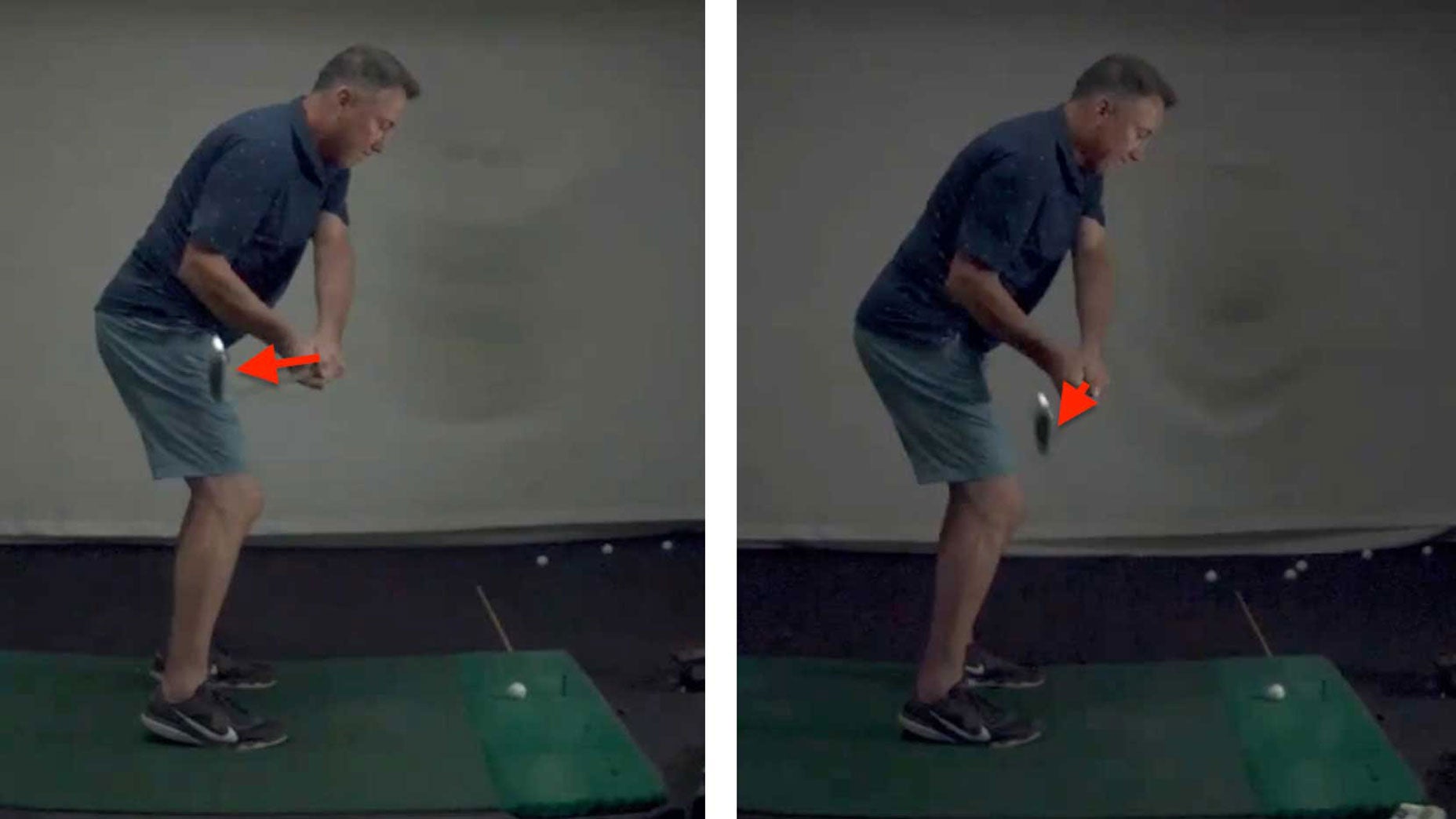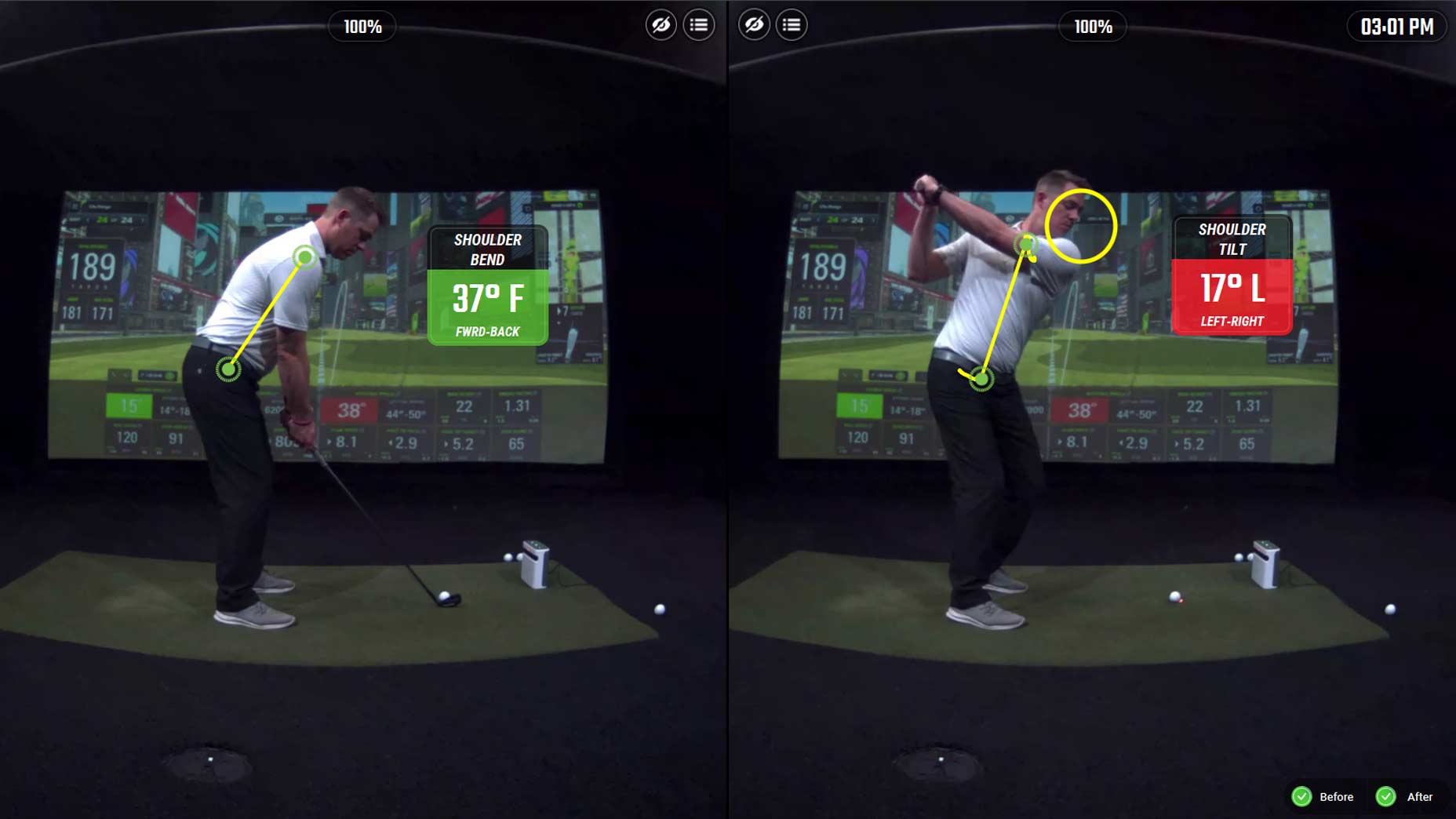I hesitate to admit it, but before I walked into the GOLFTEC Woodbridge training center in Metuchen, N.J., a few months back, I’d never seen my own swing on video, let alone from various angles with high-tech launch monitor data popping instantly with every swing. Indeed, my GOLFTEC coach, Ryan Williamson, was surprised that a 20-year industry vet would be experiencing this for the first time.
What can I tell you? I barely have time to get to the range. Committing to a lesson program was just not something I could justify. Perhaps you feel the same. I’m here to tell you, it’s well worth the effort.
How 2 simple swing tweaks helped me hit the ball better than everBy: Zephyr Melton
When GOLF asked for volunteers to run through the program, I was first to raise my hand for the short-game instruction segment. As a bogey golfer, I’m not especially accurate (or consistent) from short range, and I lose a ton of shots around the green. And, while Ryan and I focused on dialing in the wedges, he also offered up some suggestions on my full swing, which you’ll see in the third tip below.
Here are the 3 keys that had me hitting more controlled wedge shots:
1. Set up with a vertical shaft
A big issue for me was lack of consistency. In addition to rarely practicing my short game, I was unclear on how to adjust my setup to hit finesse shots versus full shots. Tip 1 was to avoid pressing the shaft forward at address. The problem with a forward lean is a tendency to dig the leading edge into the turf rather than using the bounce to launch high spinners (instead of chunks/blades).
Easy-peasy: Tilt the shaft back to vertical, stand closer to the ball, get a nice knee bend and open the face a bit.

2. Keep the clubface open through impact
Problem 2 for me was poor distance control. I had some idea how far I can fly my 56-degree (80 yards) and my attack wedge (100 yards). But finessing either of those to cover a lesser distance was a challenge. Ryan’s solution was to get me to create more spin and more loft so my pitch shots would stop faster and allow me to judge distance more accurately. We worked on keeping the clubface open through impact. With some help from Ernie Els, I learned to hold the face open rather closing it after striking the ball.
Think, “face to the sky” all the way to your finish. When you get the hang of this, you can simply adjust the length of your backswing and speed through impact to dial in different distances.

3. Turn, baby, turn!
This is where we worked a little on full swing in relation to short game. I was waiting way too long to open my hips through the hitting zone. Tour average for hip angle at impact is about 30 degrees (think Dustin Johnson) — I was stuck back at 17 degrees! Not good for club path into the ball (too much from the inside), which means a good chance of fat shots and/or shanks if timing is not just right.
By opening my hips sooner/quicker, I was able to set the clubhead on a better path for more solid strikes. I picked up some speed as well. This technique is helpful in the short game to solidify your path and improve consistency.
I’m not Seve yet, but with these three simple tips, I’m hitting the ball more reliably on short shots, and, more important, picking up some strokes. I’ve also been reminded that it pays to commit to regular sessions with a teaching pro.
My swing may not be homegrown anymore, but thanks to the watchful eye of the pros, it’s better than ever.











